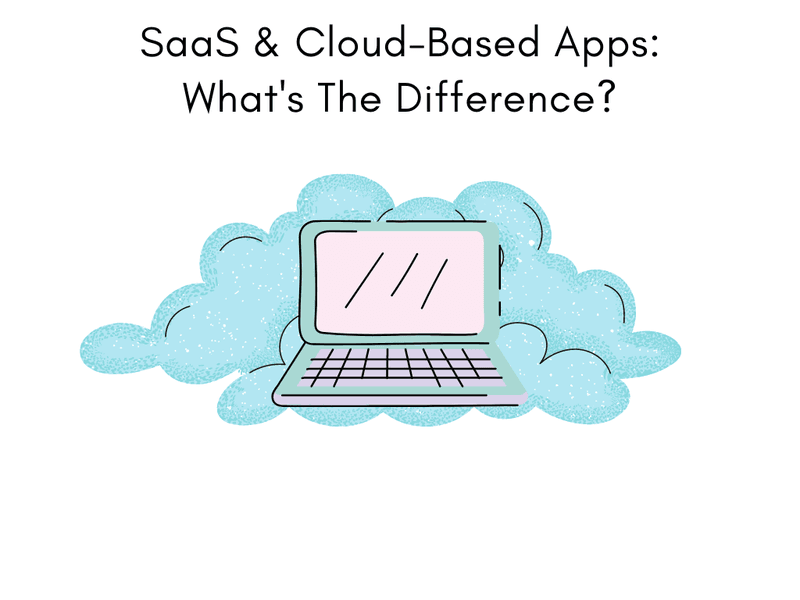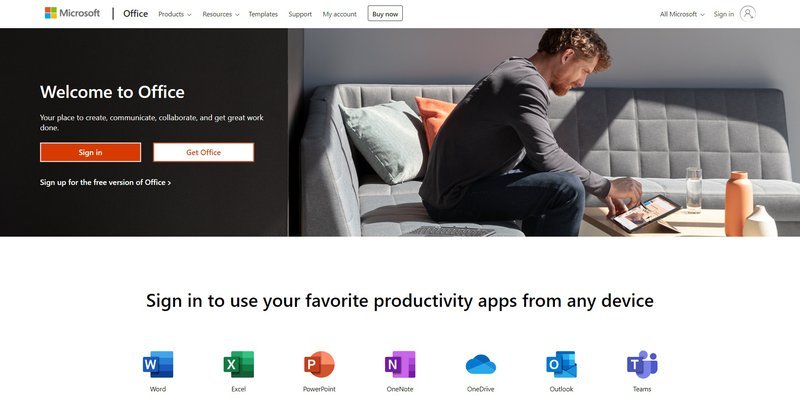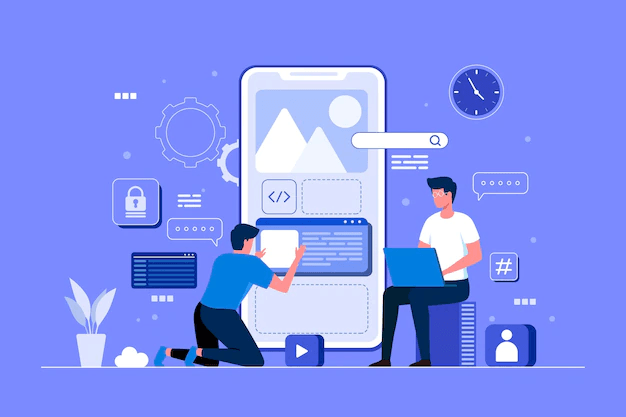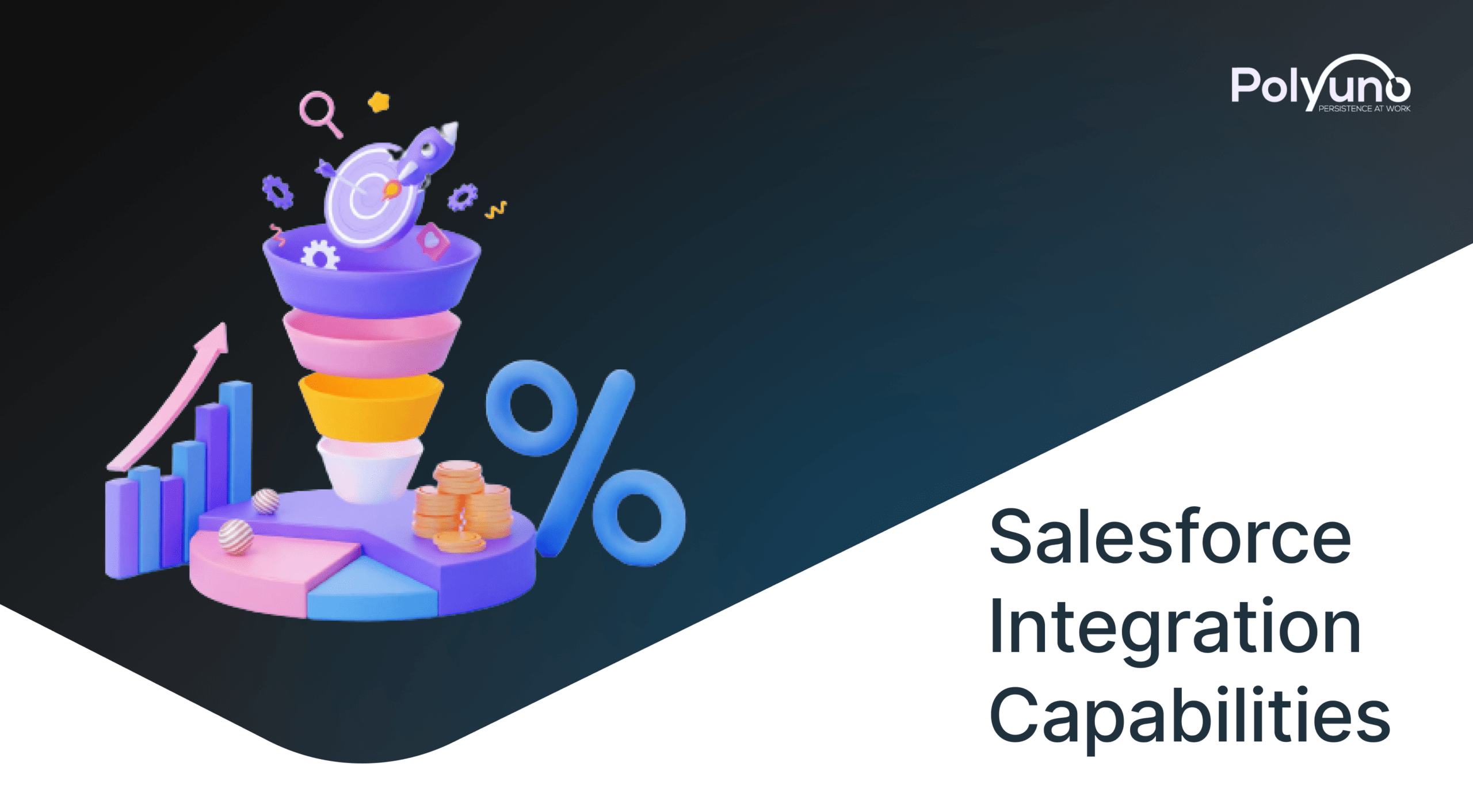Cloud Computing and Software-as-a-Service (SaaS) are two words that are sometimes used indiscriminately. Because of that, it's effortless to get them mixed up. Although they are connected and have many features and benefits in common, they have substantial variances.

If you're unaware of Cloud-based & SaaS-based applications, don't worry, you've come to the right place. In this article, we will discuss the following:
- What Is A SaaS-Based Application?
- What Is A Cloud-Based Application?
- Differences Between SaaS & Cloud-Based Applications
- Benefits Of Cloud & SaaS-Based Application
- What The Future Has In Store For SaaS & Cloud-Based Products
- Conclusion
Let’s dive in.
What Is A SaaS-Based Application?
A SaaS-based application is any program you use that isn't installed on your computer. With few exceptions, most SaaS-based goods are accessed using a web browser or similar application and are cloud-based. SaaS is not an add-on or a plugin and therefore does not reside on your computer or mobile device.
Since the 1990s tech boom, when a need for a more extensive range of premium computing led to software being hosted centrally and disseminated out to satisfy the demands of quick expansion, frequently globally, for developing organizations, SaaS-based solutions have been readily available.
Since there are frequently cheaper expenses associated with creating and sustaining SaaS-based systems, SaaS can often boost total ROI. The value of SaaS-based software has been one of the primary benefits of SaaS-based software in the digital world, cutting TCO (Total Cost of Ownership) and boosting profits for B2B and B2C organizations.

Additionally, there are a number of other benefits to using SaaS. You'll always be running the most current, most up-to-date version through SaaS, with no need to update. The benefits that SaaS gives to consumers are growing and improving as well. Google G Suite, Salesforce, Office 365, Zendesk, & Cisco Webex are examples of SaaS-based apps.
What Is A Cloud-Based Application?
Anything that runs on the cloud is referred to as a cloud-based product or service. This comprises SaaS-based, PaaS-based, and IaaS-based applications. It's likely that the service is cloud-based if it requires internet access to function effectively.
The Cloud was created to share data more rapidly and easily. Due to technological improvements, complete servers and storage may now be moved to the cloud, which is the foundational component of cloud computing.
Infrastructure as a service (IaaS) allows you to use your whole infrastructure without having to use on-premises servers. GCP, AWS & Azure are all primarily IaaS providers. Many services inside these broad cloud platforms, however, might be classified as PaaS.
Platform as a service (PaaS) is built on top of IaaS and comprises the components or foundation for developing and managing apps. AWS Elastic Beanstalk, AWS Lambda, and Zoho are some examples. Developers frequently use the frameworks provided by PaaS to speed up the development of their applications.
The most significant distinction between SaaS and cloud-based services is that SaaS is simply one component of the greater Cloud. The most significant distinction between the two is the scope of cloud-based applications.
Differences Between SaaS & Cloud-Based Computing
Simply said, SaaS refers to any software application that you use that isn't installed on your computer. It is a full-fledged application rather than being a part of anything else. Rather than executing the application on platforms and data storage in your server farm, as with an on-platform solution, it is hosted by the provider.
On-platform apps and SaaS applications are licensed differently. Rather than purchasing a license to use software and then incurring continuous expenditures to install and sustain it, software-as-a-service allows you to rent it for a set length of time, typically monthly or annually. The cost of the Saas app includes both the software and the recurring expenditures associated with it. To use a SaaS program, you must first log into your vendor's website. Although SaaS applications are hosted in the cloud, SaaS and the cloud have differences.
On the other hand, Cloud Computing delivers computing capabilities that aren't tied to a certain location. It includes infrastructure and services, including online computers/servers, data storage abilities, communications capabilities, network infrastructure, and development platforms that you may rent.
Unlike SaaS, which consists of fully functional apps available to the general public, Cloud Computing refers to leased infrastructure and services most typically used by software engineers, application suppliers, knowledgeable computer users, and corporate IT teams. You won't work actively with Cloud Computing if you don't deal closely with your organization's servers. However, it's possible that the infrastructure on which you run apps or store data, or the SaaS applications you utilize, were constructed using Cloud services.
Your service provider stores all of your data when you use SaaS. Your service provider can do what they want with your information unless there is a formal agreement to the contrary. On the other hand, Cloud Computing provides you more autonomy and control over your data. Although the servers aren't local, you may still control the software and data and do backups. You can move data out of the Cloud and into your local storage. Since clients desire to control, applications with high demand are likely to migrate to Cloud software, while SaaS will continue to deal with free or low-cost apps or services.
Benefits of Cloud & SaaS-Based Businesses
SaaS & Cloud-Based businesses enjoy similar benefits. These include the following:
- There's no need for extensive setups. There are no drivers to install, and all updates may happen instantly with everything in the cloud. Furthermore, because the Cloud is frequently hosted rather than owned, it is up to the third party to guarantee that everything is functioning correctly and up to date, resulting in little to no interruption.
- Data may be transferred and synchronized across your whole network much more quickly. In addition, everything may be exchanged and worked on in real-time, from constantly adjusting to business emails.
- Redundancy has been implemented to avoid data loss and outages. In most cloud setups, more layers of redundancy may be simply added, making outages and data loss less likely.
- More protected. Public and private clouds can be combined to provide additional protection.
- Cloud services can provide you with the scalability you need to satisfy your business's demands. If a customer thinks they need more or fewer on-demand applications, space, or capabilities, they can get them without having to buy new hardware. Since you just pay for what you use, costs are significantly reduced when compared to on-premise systems, which have huge upfront expenditures. The most economical approach to managing your company's data is to store part or all of your data in the cloud. Integration with current software interfaces is also easier with cloud services. For instance, a company can create its own software tools and use the APIs of a SaaS provider to integrate them with its SaaS application.
What The Future Has In Store For SaaS & Cloud-Based Applications
The challenges of what can be done in the Cloud are growing exponentially as the abilities of what can be done rise tremendously. Parts of a system, platform, or application can be hosted in the cloud while others remain on-premises.

As we've entered the digital age, one thing cloud applications do is that on-prem applications don't accumulate massive volumes of incognito datasets and use them in their software algorithms to better user experience. You may buy (Facebook ads) or suggest new videos you're likely to watch (YouTube). The ongoing expansion of SaaS-based systems is creating that future.
Specific information may need to be decentralized due to privacy concerns, while collaborative projects may necessitate data being linked in the cloud and on-premise in several locations. You must be able to manage all aspects of your cloud infrastructure, including IaaS, PaaS, and SaaS.
Conclusion
SaaS is better suitable for smaller businesses that require low-cost solutions for their business demands. Cloud-based applications, however, are better suited to larger businesses with more resources and those who need or want more control over personal information and can finance this type of project.
Cloud computing is quickly becoming the standard for any firm today. But, because there are so many options, taking the time to locate the best system for you can cost your business a lot of time and money. Moreover, you risk deploying a solution that isn't optimal.
Let us cut your search short. PolyUno is the optimum solution for all of your server infrastructure needs. Not only that, but PolyUno also provides software & mobile app development, digital marketing, content, and SEO services - it is the all-in-one tool for any online platform.




